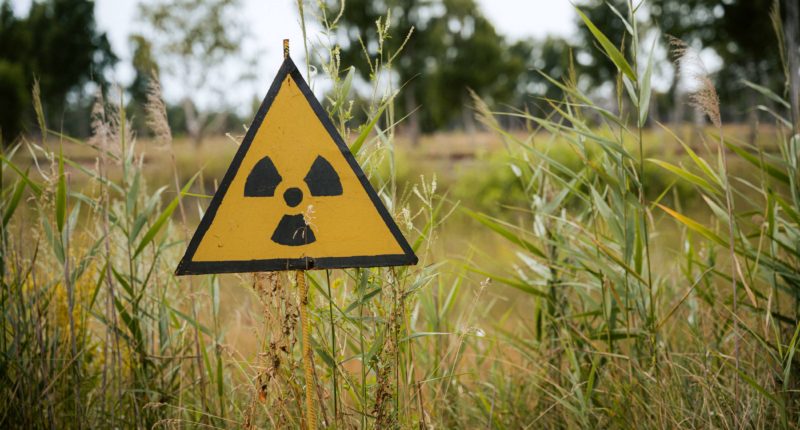As of 2019, 49 percent of the United States’ population opposed the implementation of nuclear power according to analytics and advisory company Gallup. This is largely a product of misinformation surrounding the energy source’s safety and effectiveness.
Perhaps the most common misconception surrounding nuclear power is that it produces waste we are unable to safely dispose of. In actuality, this problem was solved years ago. People seem to think that we are just dumping radioactive material on the Earth’s surface, similarly to how we deal with our garbage in trash heaps.
In reality, only low-level waste (LLW) is disposed of in land-based operations. LLW is not exceedingly dangerous and can be safely discarded almost anywhere. The general misconception is that we take the same approach with high-level waste (HLW) as we do with LLW. This couldn’t be further from the truth. While LLW is stored near the surface, HLW is taken thousands of meters down in a process called deep geological disposal.
This approach makes perfect sense when we look at geological formations of uranium. These deposits can exist up to a thousand meters below the surface. Most radiation exuding from the ore is quelled long before it would escape the earth, making the surrounding areas safe for inhabitation. Some of these deep concentrations of uranium have persisted for billions of years without any significant radioactive leakage.
Uranium is distributed globally. More common than precious metals such as silver and gold, it can be found almost anywhere. People ingest trace amounts of uranium regularly in their food; minimal exposure is almost unavoidable. Major issues only arise when larger deposits are exposed to the surface via infrastructure such as mines, removing the sedimentary barrier between us and the source of radioactivity.
A prime example of this occurred in the Carrizo Mountains of the Arizonian Navajo Reservation. These mountains are a part of the Colorado Plateau which, due to US backing, underwent significant uranium extraction during the 1950s.
Prior to mining, the local Navajo people experienced negligible radiation poisoning compared to the current 85 percent of Navajo homes suffering from uranium contamination. The real problem isn’t the uranium’s existence: it’s the uranium’s direct surface exposure. Before this mining-induced tragedy, the Navajo people had few issues with radiation despite their land being so rich with uranium.
So, the solution to nuclear waste is actually quite simple: store HLW away deep beneath the crust of the Earth. The sediment will act as a natural radiation blocker as the hazardous materials break down over time. Using deep geological disposal, we replicate the way that the Earth shields us from uranium deposits in order to isolate our dangerous waste. Unless
someone were to dig it back up, humans on the surface should never feel its effects. This approach can be extended to all sorts of radioactive substances.
Nuclear power is ready for large-scale implementation, but its public perception is hindering progress. What hazardous waste it produces can be easily handled by deep geological disposal and, according to the United Nations Economic Commission for Europe, its energy output will be pivotal in executing the 2030 Agenda for Sustainable Development.
